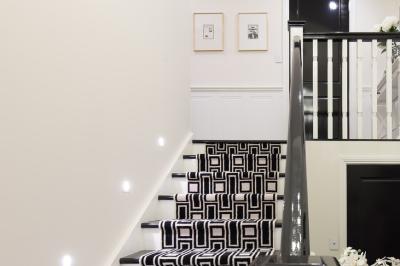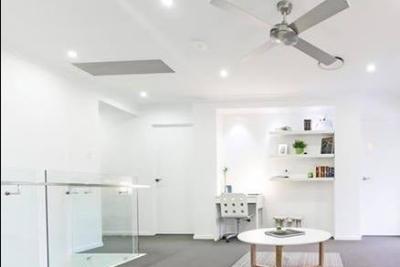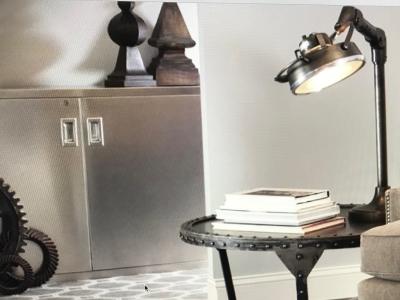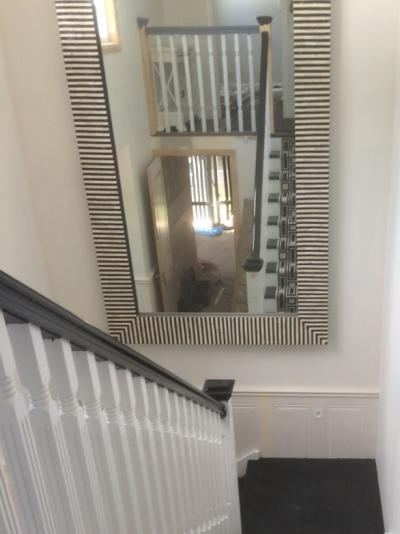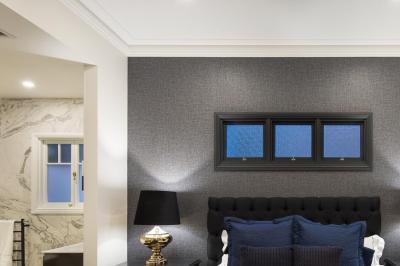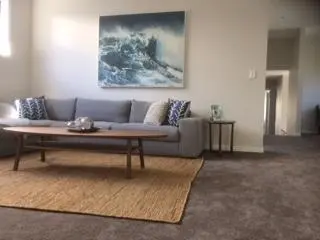Carpet piles come in three main types- loop, cut, and uncut. Loop piles are created when the carpet backing is looped through itself before being attached to the primary backing material.
Cut piles are made by cutting the loops of the carpet backing and then attaching the resulting strands of yarn to the backing material. Uncut or "level" loops are simply left intact after the backing material has been attached.
What are Carpet Piles?
Carpet piles refer to the individual fibres or tufts of yarn that make up a carpet. The type of pile used in a carpet can affect its appearance, durability, and overall lifespan. There are three main types of carpet pile: loop, cut, and uncut. Loop piles are created when the carpet backing is looped through itself before being attached to the primary backing material.
Cut piles are made by cutting the loops of the carpet backing and then attaching the resulting strands of yarn to the backing material. Uncut or "level" loops are simply left intact after the backing material has been attached. Carpet pile can also be described in terms of its density, which is affected by both the type of fiber used and the number.
What our happy clients say!
We have been installing and supplying Carpets in and around Brisbane and Gold Coast for more than 30 years. We appreciate our customers comments and reviews. See what our happy customers have to say!
My son recommended Len and the team to install my carpet as he had also had a great result. Very professional and happy to offer advice after installation to care for my carpet. I highly recommend Carpets By Design as your choice to support a local business.
I love my new carpets and chose the higher end range with no regrets.
A big thank you to Len and staff. After moving in to our new home we soon discovered that the existing carpet was in very poor condition and our furniture was arriving in a couple of days. We phoned Carpets by Design and they were able to help us out, replacing the old with new. Len brought out samples so that we could match it with existing tiles. It looks fantastic. Well done Len and Co.
We have just had our flooring installed in our new home and we couldn't be happier with the outcome. Our new carpet and vinyl planking looks amazing. Very satisfied with the customer service as well - Len went out of his way to meet us on his day off and provided us with excellent advice and heaps of samples to aid in our decisions. Thanks Carpets By Design team!
What Carpet Piles Are Best For Different Areas?
Carpet piles are best used in areas where there is a lot of foot traffic, such as in living rooms, dens, and hallways. They are also well-suited for use in bedrooms and other areas where you want a softer, more plush feel underfoot. Carpet piles are not recommended for use in areas where there is a lot of moisture, such as bathrooms and kitchens.
Carpet piles can be made from a variety of materials, but the most common are nylon, polyester, and wool. Nylon and polyester piles are typically cut piles, while wool piles are usually loop piles.
The density of a carpet pile can affect its appearance and durability. Cut piles are generally denser than loop piles, and as a result, they tend to be more durable. Wool piles are the least dense of all three types of pile, which can make them less durable in high-traffic areas.
Our Carpet Brands
We strive to provide our customers with high-quality options when it comes to choosing the perfect carpets for their homes or offices. Our Brands are designed to meet the needs of any lifestyle and guarantee satisfaction every step of the way. So if you’re looking for beautiful, durable carpeting that will last a lifetime, be sure to check out our selection today!
How Do You Maintain Carpet Piles?
Carpet piles should be vacuumed regularly to remove dirt and dust. If they become stained, spot cleaning with a mild detergent is usually sufficient. Carpet piles can also be steam cleaned or shampooed to remove deeper dirt and stains.
It is important to follow the manufacturer's instructions when cleaning carpet piles, as using the wrong type of cleaner can damage the fibers. Regular professional cleaning is also recommended to extend the life of your carpet.
Twist Pile Carpets
A twist pile carpet is a type of carpet in which the individual yarns are twisted before being tufted into the backing. This gives the carpet a more textured look and feel, and it can also be more resistant to dirt and stains. Twist pile carpets are available in a wide range of colours and styles, making them a popular choice for both residential and commercial settings.
Intertwining Carpet Piles and Colours
The colour of your carpet can affect the overall look and feel of a room, so it's important to choose a shade that complements your existing décor.
When choosing a carpet colour, it's important to consider both the shade of the pile and the backing material. The backing material is often visible when the carpet is stretched or pulled, so you'll want to make sure it coordinates with your flooring and furniture. If you're considering a patterned carpet, the pile colour can also help to tie the design together.
Carpet colours can be divided into two main categories: light and dark. Light colours tend to make a room feel bigger and brighter, while dark colours can give a space a more intimate feeling. There are no hard and fast rules when it comes to choosing a carpet colour, but it's important to keep in mind how the shade will affect the overall look and feel of the room.
When it comes to carpet piles, there are three main types: loop, cut, and uncut. Loop piles are created when the carpet backing is looped through itself before being attached to the primary backing material. Cut pile carpets are made by cutting the loops of the carpet backing and then tufting the resulting strands into the primary backing. Uncut piles are made by simply leaving the loops intact and attaching them to the backing material.
The type of pile you choose will ultimately depend on your personal preference and the intended use of the carpet. Loop piles are often more resistant to dirt and stains, making them ideal for high-traffic areas. Cut piles can give a carpet a more luxurious look and feel, but they may require more frequent cleaning. Uncut piles are the most durable of all three types, but they can be more difficult to clean.
Carpet piles can be a great way to add comfort and style to your home. When choosing a carpet pile, it is important to consider the intended use, the level of traffic, and your budget. With proper care, carpet piles can last for many years.
Wool Carpet Flooring Examples
View our Carpets Virtual Showroom
Are different carpet piles more expensive?
The cost of the different carpet piles vary depending on the type of fibre used and the density of the pile. In general, nylon and polyester piles are less expensive than wool piles. Cut piles are typically more expensive than loop piles, but they are also more durable.
Choosing the best carpet pile can be a great way to add comfort and style to your home. When choosing a carpet pile, it is important to consider the intended use, the level of traffic, and your budget. With proper care, your carpet can last for many years.
More Infomation
Follow the link for more infomation on carpets.
Other Types of Carpets
- Wool Carpets
- Wool Blend Carpets
- Nylon Carpets
- Solution Dyed Nylon Carpets
- Cut Pile Carpets
- Twist Pile Carpets
- Cut and Loop Pile Carpets
- Loop Pile Carpets
- Solution Dyed Carpet
- Solution Dyed Polyester Carpet
 Len likes to personally attend and inspect your property, whether commercial or residential, offering a free measure and quote for your perfect flooring solution.
Len likes to personally attend and inspect your property, whether commercial or residential, offering a free measure and quote for your perfect flooring solution.
Trust Carpets By Design to provide outstanding value for money on quality carpets and vinyl flooring options based on your requirements and budget.
Contact us today to check out our outstanding services and book your free inspection. Call Len directly on 0431 034 099 or 07 3823 5393 to discuss your requirements.








